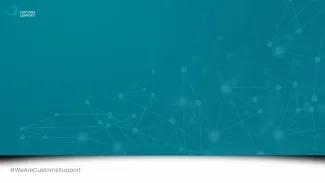What is customs excise?
Customs excise is an indirect duty which is levied on the sale of qualifying goods, such as alcohol, tobacco, and petroleum. This applies to sales within the community as well, not only non-EU movements which require customs clearance. Excise duty can be suspended until the sale is made and the goods are released for consumption.
When you pay the customs excise, the revenue generated goes to the country that levied the tax in its entirety. The EU has also ensured that the process is the same for excisable goods everywhere within the community so that competition is fair and there are less trade distortions.
What changed in February?
From 13th February 2023, all excise declarations are required to be done digitally. A paper version of a Simplified Administrative Document (SAD) is no longer accepted, and an electronic version (known as an e-SAD) is now the only accepted declaration for excise goods. E-SADs are created and monitored on the Excise Movement and Control System (ECMS).
Additionally, both you and your trading partner require new licences: a Customs Consignor Authorisation (GCA) for the seller and a Customs Consignee Authorisation (GCG) for the buyer.
What does this mean for traders of excise goods?
Excise movements come under two main types: suspension and released for consumption. The paper version was the standard when a vehicle was sent with a shipment that was released for consumption.
For example, wine sold in Spain to Holland would be sent with a paper version of the SAD. The seller would pay the excise duty in Spain, and then reclaim it once the buyer in Holland paid the excise duty in Holland. This process now needs to be managed electronically on ECMS.
The challenge that some traders are facing is that they do not have access to ECMS, so they either need to invest or they need to pay a customs agent who has access. Additionally, they now need to pay for licences. These new costs add up.
Furthermore, the ECMS was created in 2012 and was not fit for upgrade. An entirely new ECMS has been created in The Netherlands, and emergency processes are in place as it is not yet working as it should be.
What advantages are there with the new procedures?
Transparency and the opportunity to have better reporting, which ultimately lead to better compliance. Traders can check each other’s authorisations online to ensure that they are legitimate buyers, and the digital records of all movements mean that all your data can be collected in one place.
Other advantages depend on the goods you move, the licences you hold, how you store and transport your products, and where they come from and go to
Want to improve your efficiency and processes surrounding customs excise goods?
Customs Support provide a full spectrum of customs services throughout the EU and UK, delivering digital solutions and local knowledge across Europe. Book a quick scan with one of our consultants to find out more about how we can benefit your business today.











